China’s Mosquito-Free Village, an Unsolved Mystery
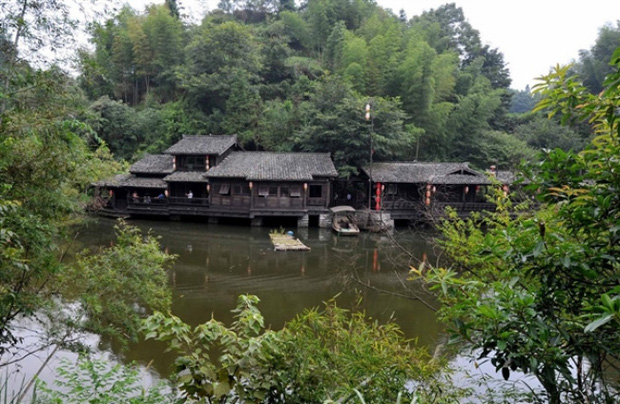
Surrounded by lush vegetation and dotted with ponds and pools of water, the Chinese village of Ding Wuling should be teeming with mosquitoes, especially during the summertime. However, the tiny bloodsuckers allegedly haven’t been seen here in almost a century. Located in the hills of China’s Fujian province, 700 meters above sea level, the village […]
“Covidiots” Celebrate Quarantine End by Jumping in Lake “as Toxic as Household Bleach”

Hundreds of people, including families with children, were branded “covidiots” after being spotted breaking social distancing rules on the shores of a toxic lake formed on the site of an old chalk quarry, and even jumping in the dangerous water. The old quarry at Chinnor, in Oxfordshire, has become known as the “Chinnor Riviera” or […]
Vietnam Takes On Dubai With the World’s First 24K-Gold-Plated Hotel Exterior and Interior
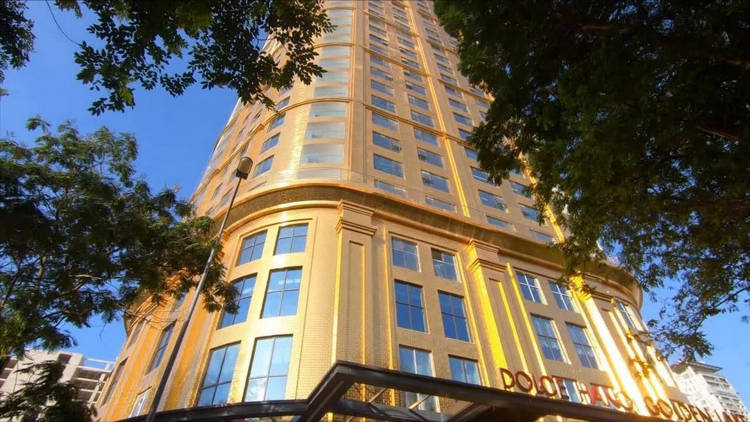
Globetrotters looking for the world’s most exclusive accommodations will soon be able to add a new line on their list of must-visit locations – a Hanoi 6-star hotel with a 24K-gold-plated exterior and interior. After over a decade of development, the Hanoi Golden Lake hotel will be completed by the end of this year. The […]
Chinese Scenic Spot Unveils World’s Scariest Super-Swing
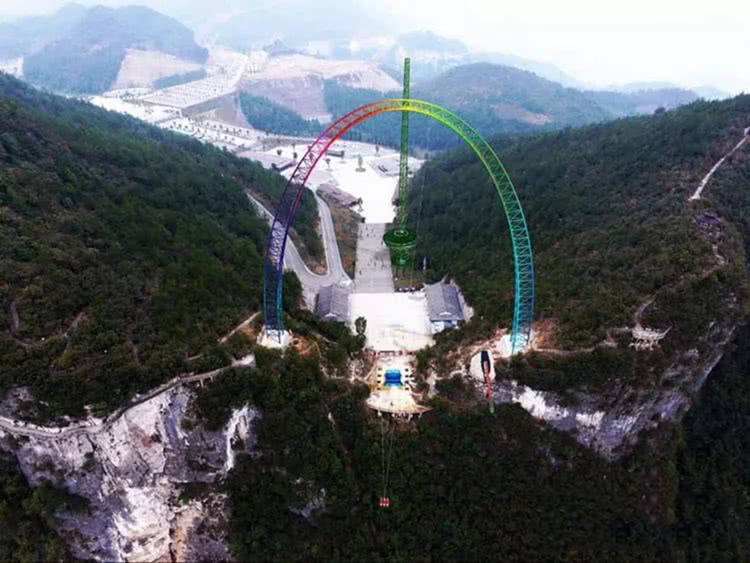
Yunyang Longgang Scenic Spot in Chongqing, China, has become home to what is being referred to as the world’s scariest swing, which can catapult thrill-seekers over the edge of a nearly 700m-tall cliff, at speeds of up to 130km per hour. The newly-unveiled super swing consists of a 100-meter-tall arch tower from which the swing’s […]
The Mesmerizing Salt Pools of Siwa Oasis
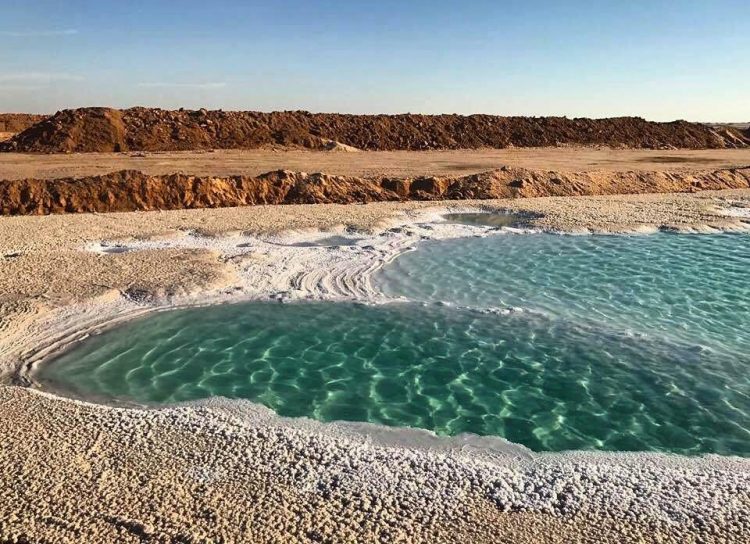
Siwa Oasis, one of Egypt’s most remote settlements, is also a popular tourist destination thanks in no small part to the stunningly beautiful salt pools with their azure water that people can float in. Salt is both a blessing and a curse in Siwa. Years ago, people started realizing that there is money to be […]
Thai Restaurant Relies on Hunky Deliverymen to Fight Covid-19 Crisis

Restaurants have been among the most hard-hit businesses by the ongoing Covid-19 pandemic, but one venue in Bangkok, Thailand has come up with an ingenious way to stay afloat in these troubled times – using hunky models as food deliverymen. 76 Garage, a restaurant in Bangkok’s Lat Phrao District, was known for its attractive and […]
The Silent People – A Creepy Art Installation Freaking People Out on Google Maps
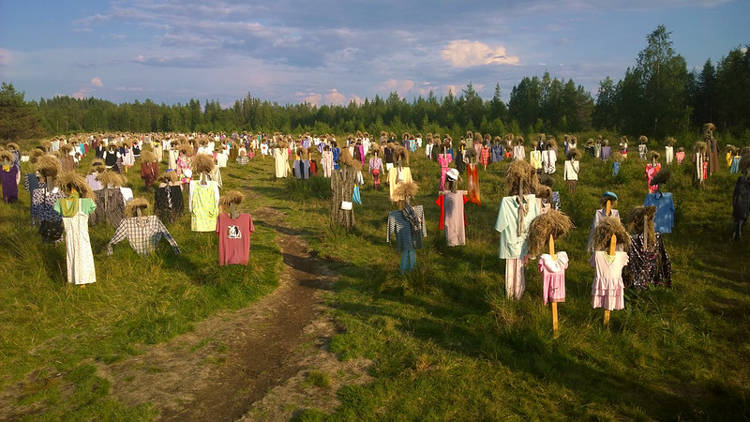
An eerie art installation located in a barren field in the Finnish countryside recently went viral after someone accidentally stumbled upon it while searching on Google Maps. With quarantine and isolation measures still in place in many countries around the world, people are spending a lot of time online looking for cool places to visit […]
Vietnamese Man Uses Two Creeping Plants to Turn 5-Storey Building Into a Vertical Garden
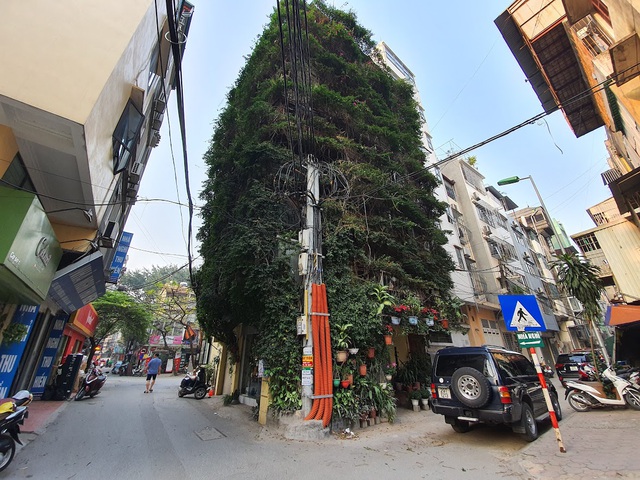
Located deep in Hanoi’s Dong Da district is one of the Vietnamese capital’s most unique landmarks – a 5-storey apartment buildings completely covered by a living, creeping, green curtain. The so-called “living building” of Hanoi is the work of Prof. Dr. Hoang Nhu Tang – former lecturer at Hanoi University of Civil Engineering and resident […]
Macabre Doll-Covered Building in Mexico Goes Viral on Google Maps
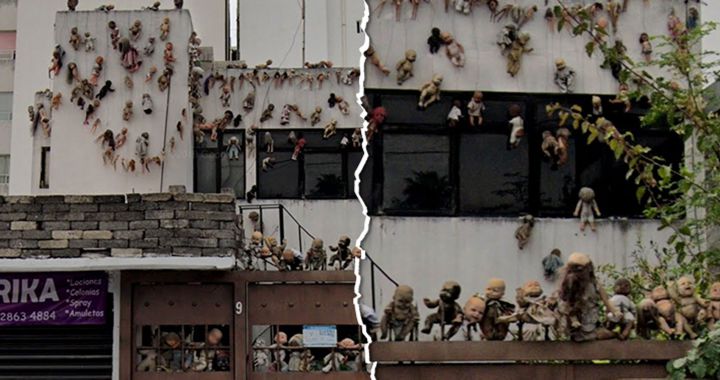
Avenida Iztacalco 9 in Mexico City was one of the most searched addresses on Google Maps this week, after photos of a creepy, doll-covered house located there went viral on social media. It all started with a short TikTok video shared by user Fernando Mata, who runs a segment called “Weird Things on Google Maps”, […]
Grandparents Create Real-Life Totoro Station for Their Grandchildren, It Becomes Viral Tourist Attraction
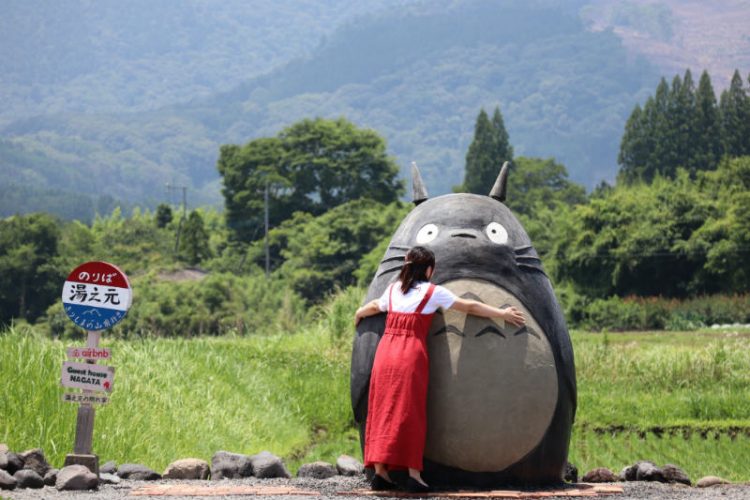
An agricultural field is one of the last places you would expect to find a tourist attraction for fans of Hayao Miyazaki’s anime, but this one farm in Japan’s Miyazaki Prefecture is actually home to a popular Totoro Bus Station. If you’ve ever watched Miyazaki’s “My Neighbour Totoro” anime, you’re probably familiar with the simple […]
Indian Couple Buy Land Next to Tiger Reserve And Simply Let Nature Take Over

For the last two decades, Indian wildlife photographer and conservationist Aditya Singh and his wife have been buying land adjacent the famous Ranthambore Tiger Reserve in Rajasthan, and simply letting the forest grow back as a refuge for big cats and other wildlife. In 1998, Aditya Singh left his comfortable job with Indian civil services […]
How the World’s Largest Signature Is Used by NASA to Analyze Satellite Imagery

In the late 1990’s, when a Texas farmer decided to clear up some new grazing land for his cattle by leaving up just enough trees to spell his name in giant letters, he probably never imagined that his signature would one day be used by NASA to evaluate the quality of their satellite cameras. Jimmie […]
Horsetail Falls – The Yosemite Waterfall That Turns Into a Natural Firefall in February

A temporary waterfall in Yosemite National Park has become a popular tourist attraction in the mouth of February, because under the right conditions sunlight makes the water flowing down the rock face look like fire, hence its nickname, Yosemite Firefall. Every year, from December to April, water from melting mountain snow flows toward the eastern […]
Festival of Exploding Hammers Ushers in Lent with a Bang

Every February, on the day before Lent, the small Mexican town of San Juan de la Vega honors its namesake saint with a loud tradition that has come to be known as the Festival of Exploding Hammers. The origins of this bombastic festival are shrouded in mystery. According to one local story, Juan de la […]
Small Italian Town Lights Up World’s Largest Christmas Tree

For nearly three decades, Gubbio, a small medieval town at the foot of Mount Ingino in Italy’s Umbria region, has held the Guinness Record for the world’s largest Christmas tree. In 1981, the 750-meter Christmas tree spread over the slope of Mount Ingino was lit up for the first time. Every year since, on the […]
